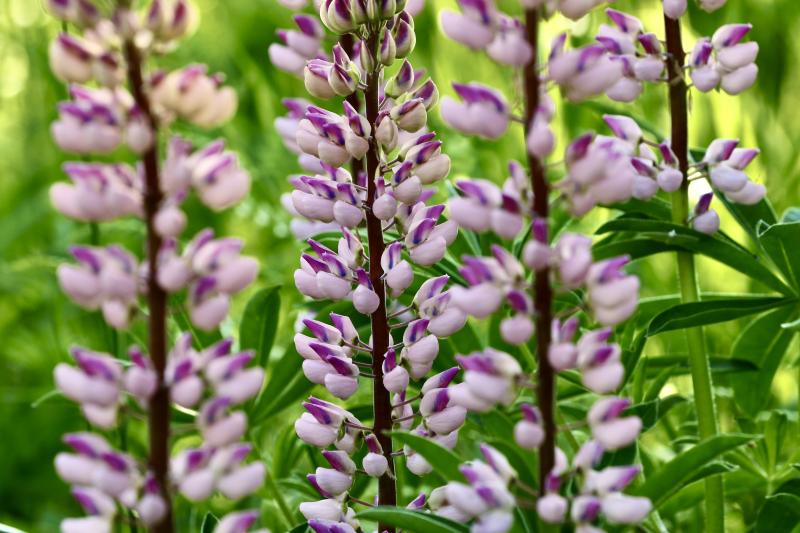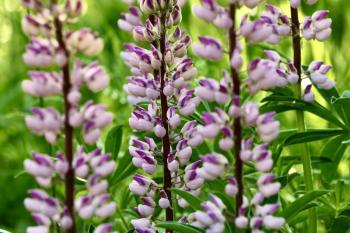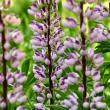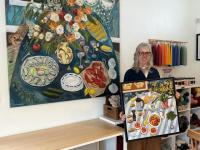Lupine
This time of year always makes me think of my visits with Barbara Cooney of “Miss Rumphius” fame, at her home in Damariscotta. The lupine plants are hitting high clover now in what seems to be a bumper crop year, albeit a slightly different one, at least for me. The plants seem to be popping up in different areas from past years, that is, less likely in places where they seemed more plentiful and more frequently in new spots. I’m wondering if that seems to be the case for other lupine observers?
I love lupine. They didn’t grow where I grew up in central Pennsylvania and I only began to see them when arriving in Maine. For the past 50 years or so, each spring, the lupine bloom fascinated me and always encouraged some fun photography. The show, though often familiar, always is unique and interesting. The plants never disappoint with variety and color and unusual contortions. And, as the annual crop matures, a show of departure progressively leads to a transformed landscape. Sorry to admit my interest in the leaving lupine from local landscapes. They sort of fill up a space then leave it alone.
Recently, during our daughter Morgan’s season opening at her location in the Old Firehouse in Boothbay, Kevin Kiley, local artist and musician, and I got into a brief discussion about lupine. His folks had a lovely patch of lupine at their home in Damariscotta along the river. Each year, I would visit and find slightly different patterns of growth, spreading and absence. Kevin and I discussed the origin of the name lupine.
It seems that the word lupine is a derivative of the Latin “lupinus,” or lupus, meaning wolf. It was believed that the lupine depleted, or “wolfed” minerals from the soil. But, in reality, lupine plants aid soil fertility by fixing nitrogen from the air, helping to support nutrients for other plants. I sort of thought that maybe one of the reasons for lupine “migrations” had to do with my misunderstanding of how the plants grow, that is, maybe they in fact did use up soil nutrients resulting in their absence in a given area. But it seems that this is not the case. Therefore, I don’t know why the plants vacate one area and pop up new elsewhere. Whatever the reason, it is sure fun to track their movement and discover new populations.
Here at home, case in point. We have always had great patches of lupine in the back fields with all variety of colors and configurations. They could be straight up and down or slightly curved or, in some cases, unusually contorted bending sideways and even pointing downwards as if seeking to hide. This year, the areas that have historically been bustling with population seem substantially diminished while plants are abundant elsewhere. Go figure.
In any case, I’ve overstayed my welcome with lupine fascination. But, I’m certainly not alone when it comes to lupine viewing. You just never know where they will show up.
























